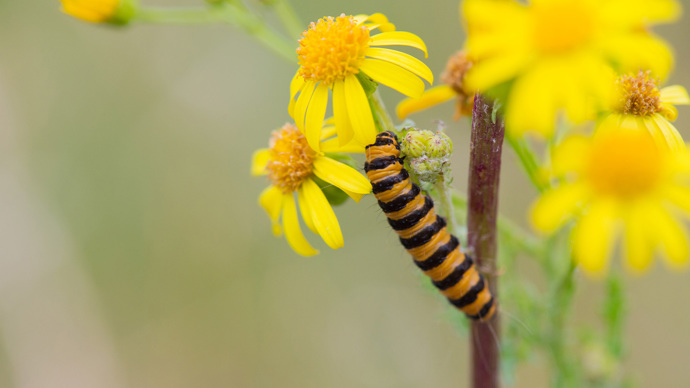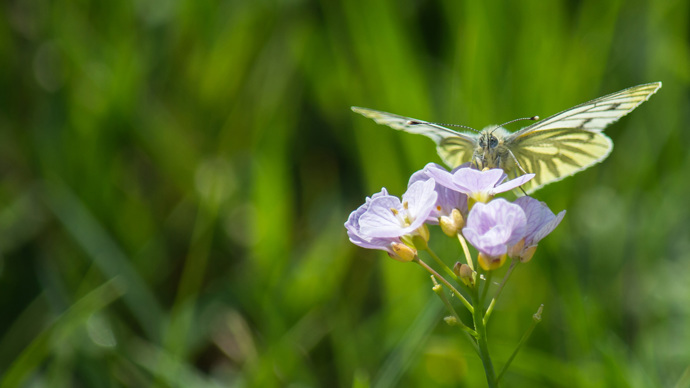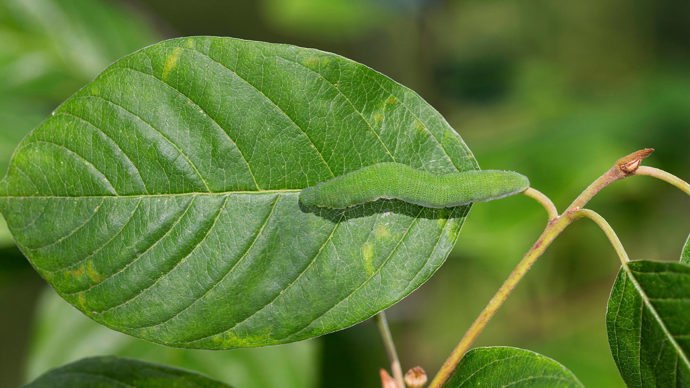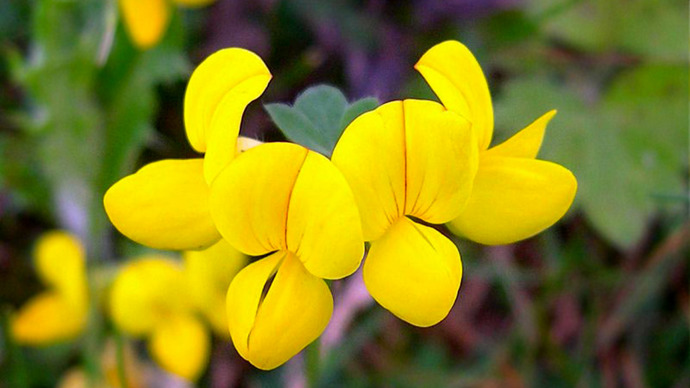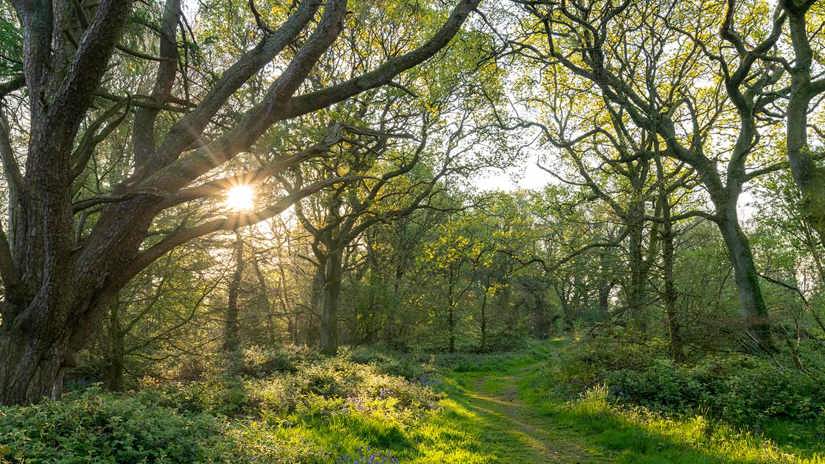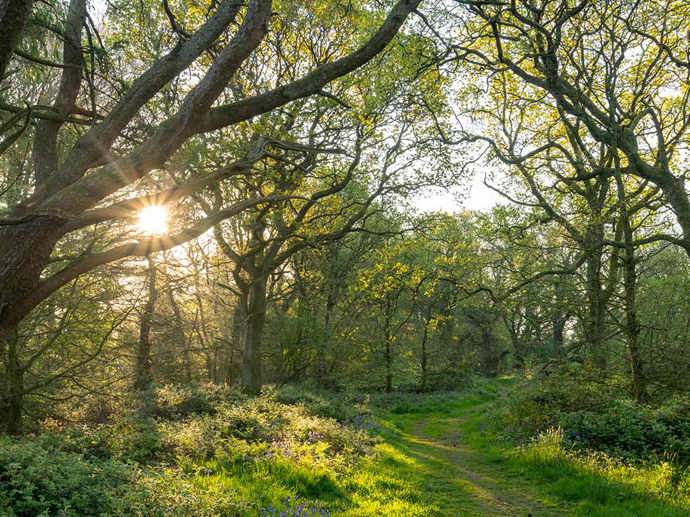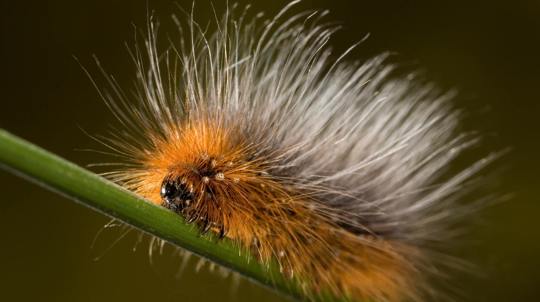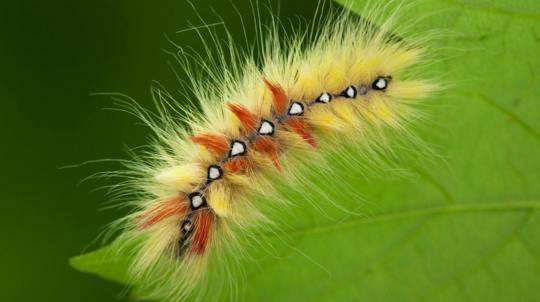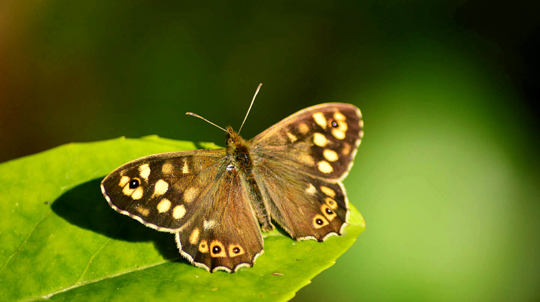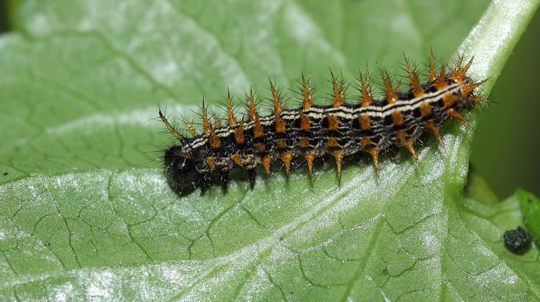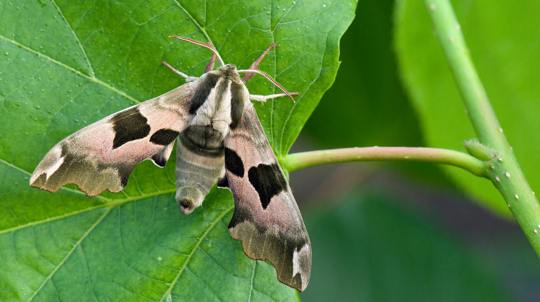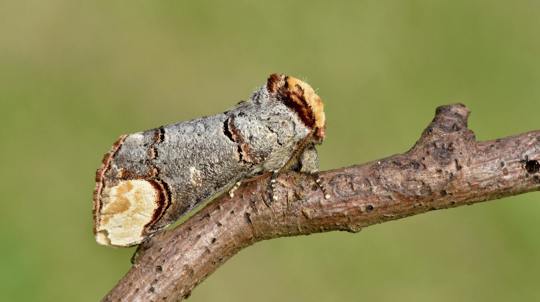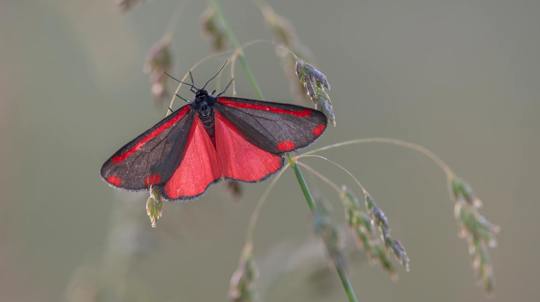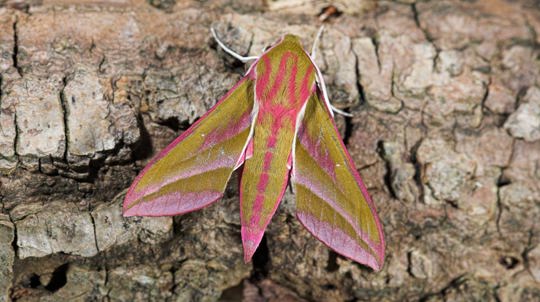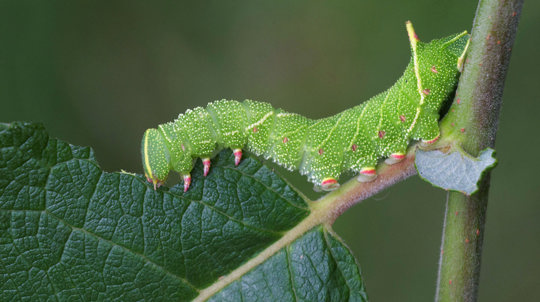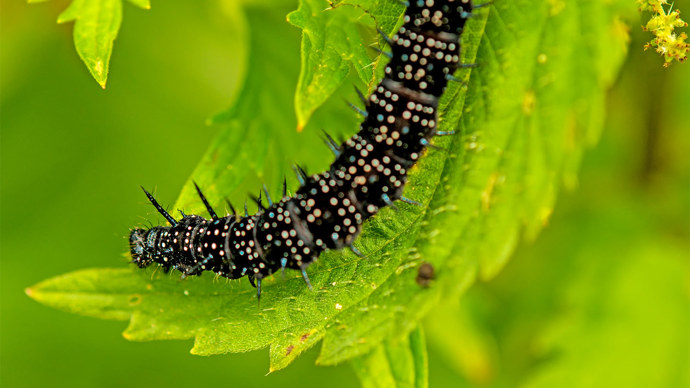
Credit: HansJoachim / iStock.com
Nettles
While we might avoid them at all costs, nettles are actually one of the best sources of caterpillar food. Red admiral, peacock, comma and small tortoiseshell butterflies all lay their eggs on nettles, especially those in sunny, sheltered locations, so that their caterpillars have a readily-available food source to wake up to once they’ve hatched.
Look out for big clumps of nettles next time you’re out and about, and with a pair of protective gloves, have a gentle poke around to see if you can spot any caterpillars having a munch. You never know which species you might come across.



